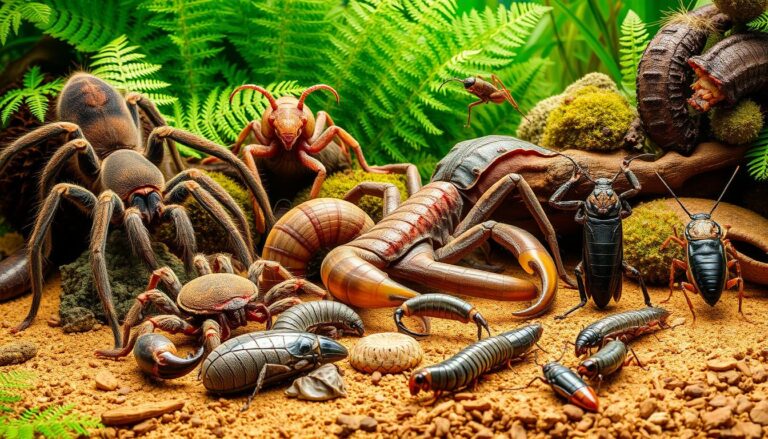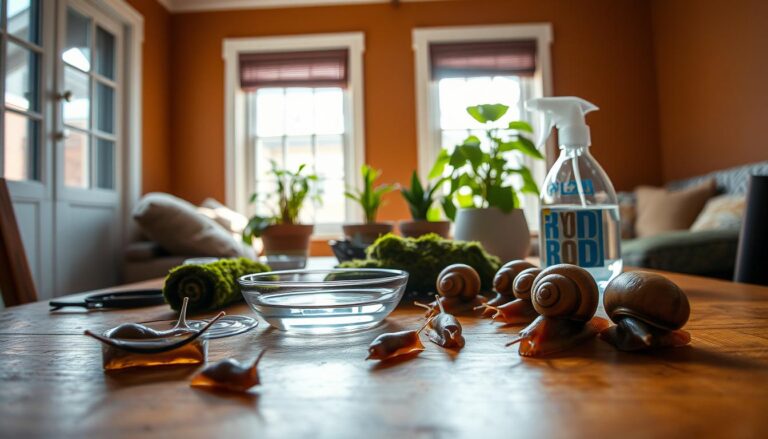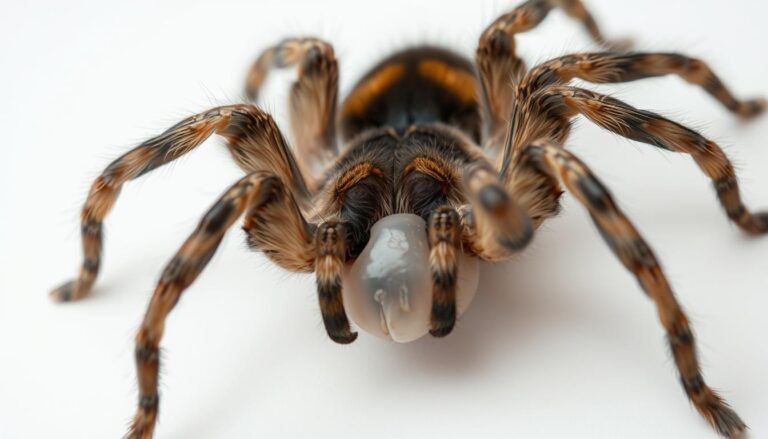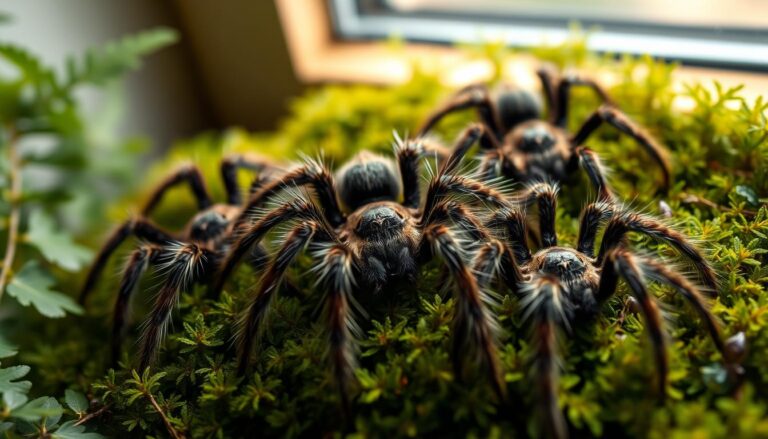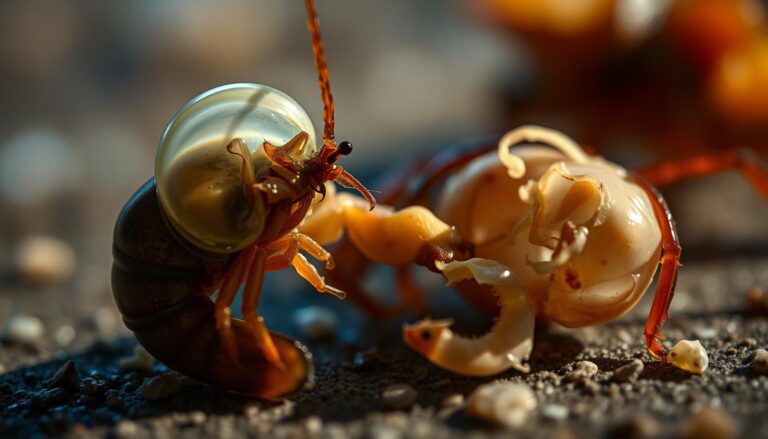Caring for Crustaceans After Molting: Essential Post-Molt Tips
Are crustaceans vulnerable after shedding their exoskeleton? The answer lies in understanding the molting process and its aftermath. Molting is a natural process for arthropods, allowing them to grow by shedding their old exoskeleton. During this critical period, crustaceans are extremely vulnerable. Their new exoskeleton is soft and fragile until it hardens. Proper post-molt care…
Are crustaceans vulnerable after shedding their exoskeleton? The answer lies in understanding the molting process and its aftermath. Molting is a natural process for arthropods, allowing them to grow by shedding their old exoskeleton.
During this critical period, crustaceans are extremely vulnerable. Their new exoskeleton is soft and fragile until it hardens. Proper post-molt care is crucial to prevent injuries and infections, ensuring a smooth recovery.
This comprehensive guide will walk you through the molting process and provide essential tips for caring for your crustacean pets afterward. By understanding the needs of your crustaceans during this critical time, you can help them thrive.
Key Takeaways
- Understand the molting process and its importance for crustacean growth.
- Learn how to provide optimal care after molting.
- Recognize the vulnerabilities of crustaceans post-molt.
- Discover essential tips for preventing injuries and infections.
- Ensure a smooth recovery for your crustacean pets.
Understanding the Molting Process in Crustaceans
Molting is a vital biological process for crustaceans, facilitating growth by replacing their rigid exoskeleton. This complex process is crucial for their development.
Why Crustaceans Molt
Crustaceans molt to accommodate their growing bodies. As they increase in size, their exoskeleton becomes too small, necessitating a new, larger shell. This process allows them to continue growing and developing.
Signs Your Crustacean Is About to Molt
Before molting, crustaceans often exhibit specific behaviors or physical changes. These can include reduced activity, changes in color, or a decrease in appetite. Recognizing these signs can help owners prepare for the molting process.
What Happens During the Molting Process
The molting process typically takes anywhere from 15 minutes to a full day. During this time, the crustacean absorbs water to increase internal pressure, helping to split the old exoskeleton. The animal then carefully extracts itself from the old shell, a physically demanding task.
| Stage | Description | Duration |
|---|---|---|
| Pre-molt | Crustacean prepares for molting by absorbing water and increasing internal pressure. | Varies |
| Molting | The old exoskeleton splits, and the crustacean extracts itself. | 15 minutes to a day |
| Post-molt | The new exoskeleton hardens, and the crustacean resumes normal activities. | Varies |
Essential Post-Molt Care Tips
Crustaceans require specific care after molting to safeguard their health and facilitate recovery. The post-molt period is a vulnerable time for these animals, and proper care can significantly impact their survival and well-being.
Maintaining a Hands-Off Approach
It’s essential to maintain a hands-off approach immediately after molting. Handling or excessive disturbance can stress the crustacean, potentially leading to injury or complications during the recovery process. Ensure that the tank environment remains stable and calm.
Providing Adequate Water and Hydration
Providing adequate water and hydration is crucial for the crustacean’s recovery. Ensure that the water quality is high and that the crustacean has access to sufficient hydration. This involves maintaining optimal water parameters and ensuring that the crustacean can easily access water.
When and How to Resume Feeding
Resuming feeding should be done cautiously. It’s generally recommended to wait until the crustacean’s exoskeleton has hardened sufficiently before offering food again. The timing can vary depending on the species and size of the crustacean, as well as environmental conditions.
Managing the Tank Environment
Managing the tank environment is critical during the post-molt period. This includes removing any potential threats such as aggressive tank mates, providing adequate hiding places, and maintaining stable water parameters and temperature. For adult specimens, ensure the tank has enough space to accommodate their increased size post-molt.
- Remove uneaten prey to prevent injury to the molting crustacean.
- The shed exoskeleton can be left in the habitat, as it is harmless and some species may even consume it for calcium.
- Provide a safe environment by removing aggressive tank mates and ensuring adequate hiding places.

Monitoring Physical and Behavioral Changes After Molting
After a crustacean molts, it’s crucial to monitor its physical and behavioral changes to ensure a smooth transition into its new exoskeleton. During this time, the crustacean undergoes significant adjustments.

Expected Physical Changes
Physically, a crustacean will exhibit changes as it adapts to its new exoskeleton. These changes can include increased size and potentially altered coloration or texture. The crustacean may appear softer or more vulnerable until its new shell hardens.
Common Behavioral Shifts
Behaviorally, crustaceans often undergo significant changes post-molt. Some common shifts include:
- Increased activity and explorative behavior as energy levels recover.
- Intensified feeding behavior following the post-molt fasting period.
- Temporary changes in temperament, such as increased aggression or boldness.
- Unusual stretching or flexing as the crustacean adjusts to its new size.
- Changes in territorial behaviors as the crustacean reasserts itself.
These changes are typically normal and should stabilize within days to weeks after the molting process is complete, as the crustacean fully adapts to its new physical state and resumes its normal activities. By the next day, many crustaceans start to show significant improvement and return to their normal behavior, coming back to their usual selves.
Conclusion
Proper care during the molting process is essential for the well-being and recovery of crustaceans. By following the guidelines outlined in this guide, you can provide the optimal conditions for your pet’s recovery. This includes maintaining a hands-off approach, ensuring proper hydration, waiting for the appropriate time to resume feeding, and managing the tank environment effectively.
Understanding the expected physical and behavioral changes after molting helps you distinguish between normal adjustments and potential issues. Each species has unique requirements, and as you gain experience, you’ll become more attuned to your crustacean’s individual molting patterns and needs. With care and patience, your crustacean will successfully navigate this vulnerable period and continue to thrive.


